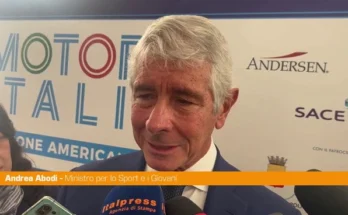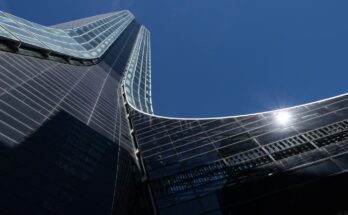The Deux Alpes (Isère) glacier suffers. Like all areas of the Alps, it continues to melt, year after year, due to global warming. Adherents of this internationally renowned resort can see it from winter to winter: the glacier front recedes, exposing rocky plateaus that have been covered for millennia.
Sometimes lakes form within cavities, as occurs at Deux Alpes. But the construction of a new 148 million euro cable car, inaugurated last winter, led to the filling in of these new wetlands to make the journey easier for skiers. However, no permit was issued.
The mayor of the village of Saint-Christophe-en-Oisans, where the glacier hangs, confirmed that he had never heard of the project: “I have validated the new location for the new Jandri arrival station, next to the old station. But blocking the glacial lake does not mean anything to me…”, said Jean-Louis Arthaud, a member of the city council.
A lake has not been referenced
However, the area in question is not trivial, because we are talking about an area of 2000 square meters. In satellite images from IGN and Google Map, the disappearance of the lake is clearly visible in 2024. We can even see excavators at work in photos taken during the summer period, during work. Other construction equipment also intervened on the Signal trail, which descends from the glacier, to secure it. This time the ice was excavated to remove dangerous cavities caused by melting, according to witnesses interviewed by Mediapart, who revealed the incident.
Sata, who is the public service delegate (DSP) for the Deux Alpes ski area, did not want to comment on this matter. The Mountain Wilderness Association is concerned by the relative impunity of these companies in the face of this type of environmental degradation. “Not everyone has to be asked for permission. However, because this glacial lake is so new, it is possible that it has not been recorded by the DDT (Regional Department Directorate). There is an urgent need for this new aquatic environment to be recognised,” warns Mathieu Crétet, project manager for protected areas in the Mountain Wilderness. When asked, the prefecture of Isère was unable to respond to us before going public about the possible failure of Sata.
The scientific community says this is surprising. “Areas free of ice are unique,” warns Jean-Baptiste Bosson, glaciologist, director of Marge sauvage and member of the National Nature Protection Council. “It is among the wildest environments because it is so new, it has not been degraded by human action. Living creatures got there very quickly. There are pioneer species there, some of which are protected, and it is forbidden in France to touch them. But we did not have time to identify them before the excavators arrived, because the melting happened very quickly. Deux-Alpes does not take this biodiversity into account and is a form of environmental damage,” the researcher criticized.
In this year of international glacier conservation, environmental advocates are still waiting for countries to protect “100% of our glacier areas”, as Emmanuel Macron promised in 2023 at the One Polar Planet Summit.



